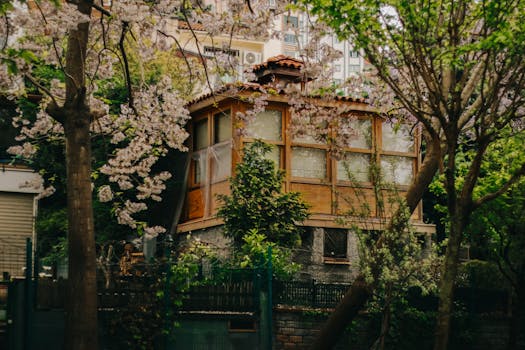
Urban Green Spaces: The Future of Outdoor Living in European Cities by 2025
Introduction to Urban Green Spaces
Urban green spaces, such as parks, gardens, and green roofs, are becoming increasingly important in European cities. As the world becomes more urbanized, cities are looking for ways to provide their citizens with cleaner, healthier, and more sustainable environments. Urban Green Spaces are a key component of this vision, offering numerous benefits for both the environment and human well-being. In this article, we will explore the future of outdoor living in European cities, with a focus on the role of urban green spaces.
The Benefits of Urban Green Spaces
Urban green spaces have numerous benefits, including improving air quality, reducing noise pollution, and providing habitats for urban wildlife. They also offer opportunities for recreation, socialization, and relaxation, which are essential for human well-being. Moreover, urban green spaces can help to mitigate the urban heat island effect, reduce stormwater runoff, and improve mental health. As European cities continue to grow and develop, it is essential that they prioritize the creation and maintenance of urban green spaces.
Challenges and Opportunities for Urban Green Spaces
Despite the many benefits of urban green spaces, there are also challenges to their creation and maintenance. One of the main challenges is limited space, as many European cities are densely populated and have limited areas available for green spaces. Additionally, urban green spaces require significant investment and maintenance, which can be a burden on local authorities. However, there are also opportunities for innovation and creativity in the design and management of urban green spaces. For example, green roofs, walls, and urban agriculture are becoming increasingly popular, and can provide additional benefits such as energy efficiency and food production.
Case Studies of Successful Urban Green Spaces
There are many examples of successful urban green spaces in European cities. For example, the High Line in London is a former industrial area that has been transformed into a vibrant public park. The Parc de la Villette in Paris is a large public park that offers a range of recreational and cultural activities. The Westergasfabriek in Amsterdam is a former industrial site that has been converted into a thriving cultural and creative hub, with plenty of green spaces and public areas. These examples demonstrate the potential for urban green spaces to transform and revitalize urban areas, and provide models for other cities to follow.
Conclusion: The Future of Outdoor Living in European Cities
In conclusion, urban green spaces are essential for the future of outdoor living in European cities. As cities continue to grow and develop, it is crucial that they prioritize the creation and maintenance of these spaces. By doing so, they can provide their citizens with cleaner, healthier, and more sustainable environments, and help to mitigate the challenges of urbanization. We believe that Urban Green Spaces will play a vital role in shaping the future of outdoor living in European cities by 2025, and we look forward to seeing the innovative and creative solutions that cities will develop to prioritize these spaces.






